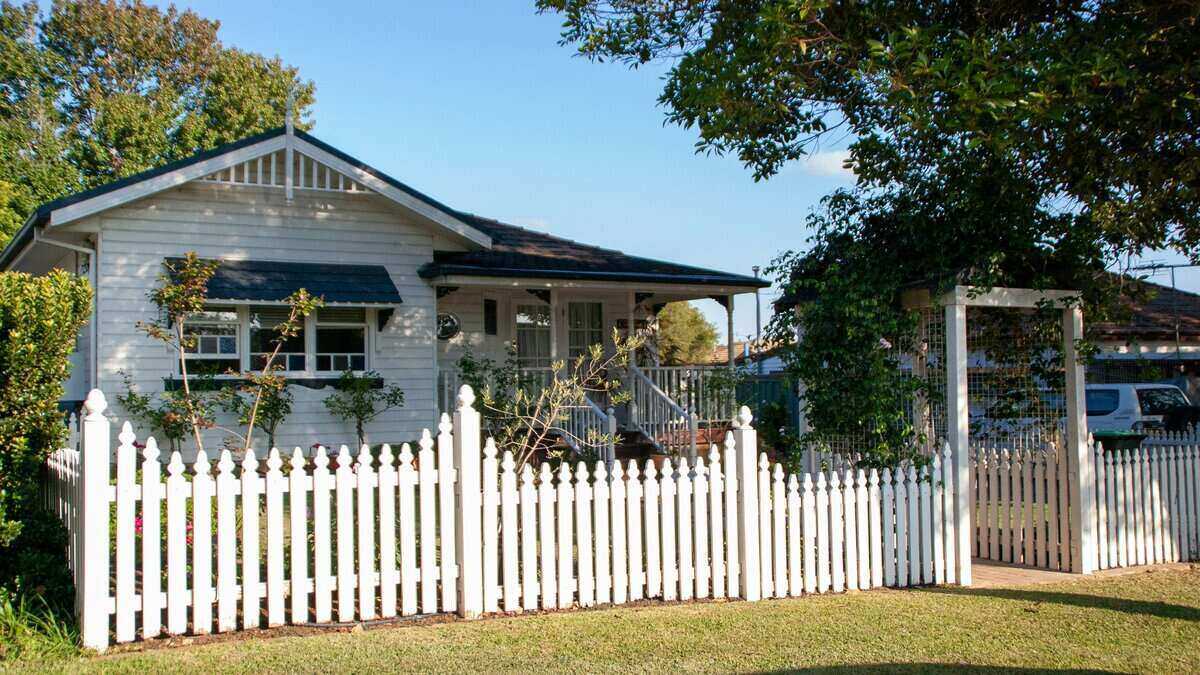The latest RiskWise Property Research Risks & Opportunities Report shows housing finance in South Australia is showing signs of improvement with an increase of 8.6% since February 2019 after a reduction of 6.6% relative to August 2018.
RiskWise CEO Doron Peleg said despite monetary policy changes and relaxed lending restrictions, South Australia's low population growth and unemployment well above the national rate of 5.2% meant the property market was suffering.
“While the labour market has improved in the past couple of years, the effective unemployment rate in South Australia is still above 9% and the employment market is still soft,” Mr Peleg said.
“This has a strong connection with low population growth (only 0.8% p.a) and, therefore, low demand for dwellings.
“While serviceability measures have improved due to the RBA’s interest rate cuts (with another expected sometime in the new year), the relatively high unemployment rate increases the risk of credit defaults.
“That, combined with some properties that suffer from low demand, require special attention in relation to credit provisioning.”
Adelaide dwelling values have experienced a soft rebound of 1.4% in the quarter up to the end of December, but are still down 0.2% for the year.
The South Australian capital hasn't experienced the strong rebound most capitals have, with Sydney and Melbourne values up 6.2% and 6.1% respectively for the quarter.
Mr Peleg said that although dwelling values have reached their bottom, any sort of economic growth will take a considerable amount of time to eventuate.
“However, while South Australia enjoys high levels of public and private expenditure, in the short term, the economic growth is projected to remain relatively low, around the 2% mark.
“Long-term economic growth will be a slow process and with a soft labour market no significant changes to demand are expected in the short to medium term, with less popular areas experiencing modest growth only.”
Strong growth hard to come by across South Australia
Mr Peleg said despite low building approvals, demand for houses was projected to remain subdued due to moderate capital growth forecast.
However, this growth rate was projected to vary greatly across the state with houses in areas close to the Adelaide CBD, such as Adelaide Central and Hills, likely to deliver better growth.
Houses in areas that don't enjoy good growth drivers still carry a risk of delivering poor or negative capital growth.
For example, according to CoreLogic, the median house price in the Barossa-Yorke-Mid North area declined by 0.2% in the past 12 months.
Mr Peleg said while South Australia offered healthy rental returns for both houses and units, demand for units among owner-occupiers, despite good affordability, was low.
“In addition, units in some suburbs are subject to voluntary lending restrictions by the major lenders, such as lower loan-to-value ratio (i.e. higher deposit) due to oversupply.
“Units are not considered a popular dwelling option among families especially off-the-plan units in high rises, and these carry the highest level of risk.
"Overall, units in South Australia are likely to deliver poor capital growth.”
Adelaide Central and Hills has the highest rate of oversupply in South Australia with 2696 units in the pipeline, an 8.2% increase to the current stock.
As a result, there has been a price decline of 0.3% in the past year.
The table below displays some of the lowest-interest variable rate home loans currently available in Australia for owner-occupiers making principal and interest repayments.
| Lender | Home Loan | Interest Rate | Comparison Rate* | Monthly Repayment | Repayment type | Rate Type | Offset | Redraw | Ongoing Fees | Upfront Fees | Max LVR | Lump Sum Repayment | Extra Repayments | Split Loan Option | Tags | Features | Link | Compare | Promoted Product | Disclosure |
|---|---|---|---|---|---|---|---|---|---|---|---|---|---|---|---|---|---|---|---|---|
5.54% p.a. | 5.58% p.a. | $2,852 | Principal & Interest | Variable | $0 | $530 | 90% |
| Promoted | Disclosure | ||||||||||
5.49% p.a. | 5.40% p.a. | $2,836 | Principal & Interest | Variable | $0 | $0 | 80% |
| Promoted | Disclosure | ||||||||||
5.64% p.a. | 5.89% p.a. | $2,883 | Principal & Interest | Variable | $250 | $250 | 60% |
| Promoted | Disclosure | ||||||||||
5.64% p.a. | 5.89% p.a. | $2,883 | Principal & Interest | Variable | $248 | $350 | 60% |
| Disclosure |

Ready, Set, Buy!
Learn everything you need to know about buying property – from choosing the right property and home loan, to the purchasing process, tips to save money and more!
With bonus Q&A sheet and Crossword!
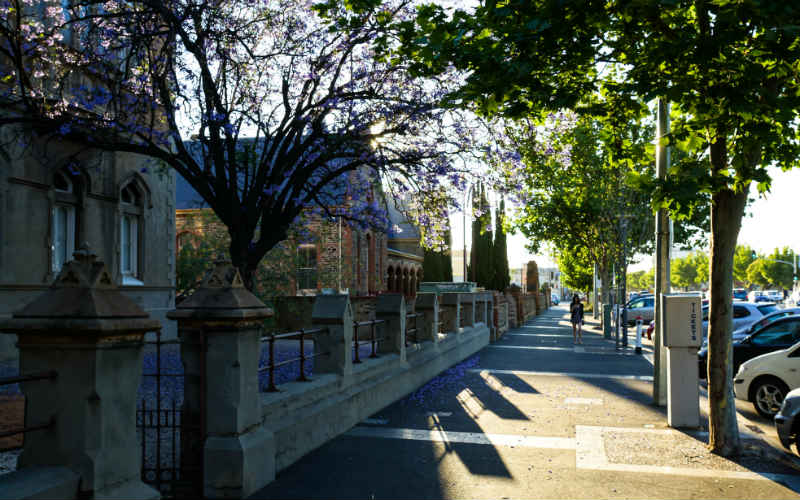

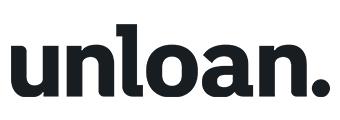
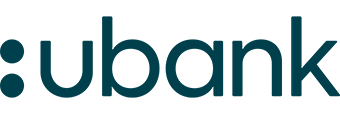
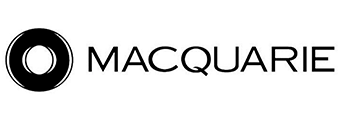


 Harry O'Sullivan
Harry O'Sullivan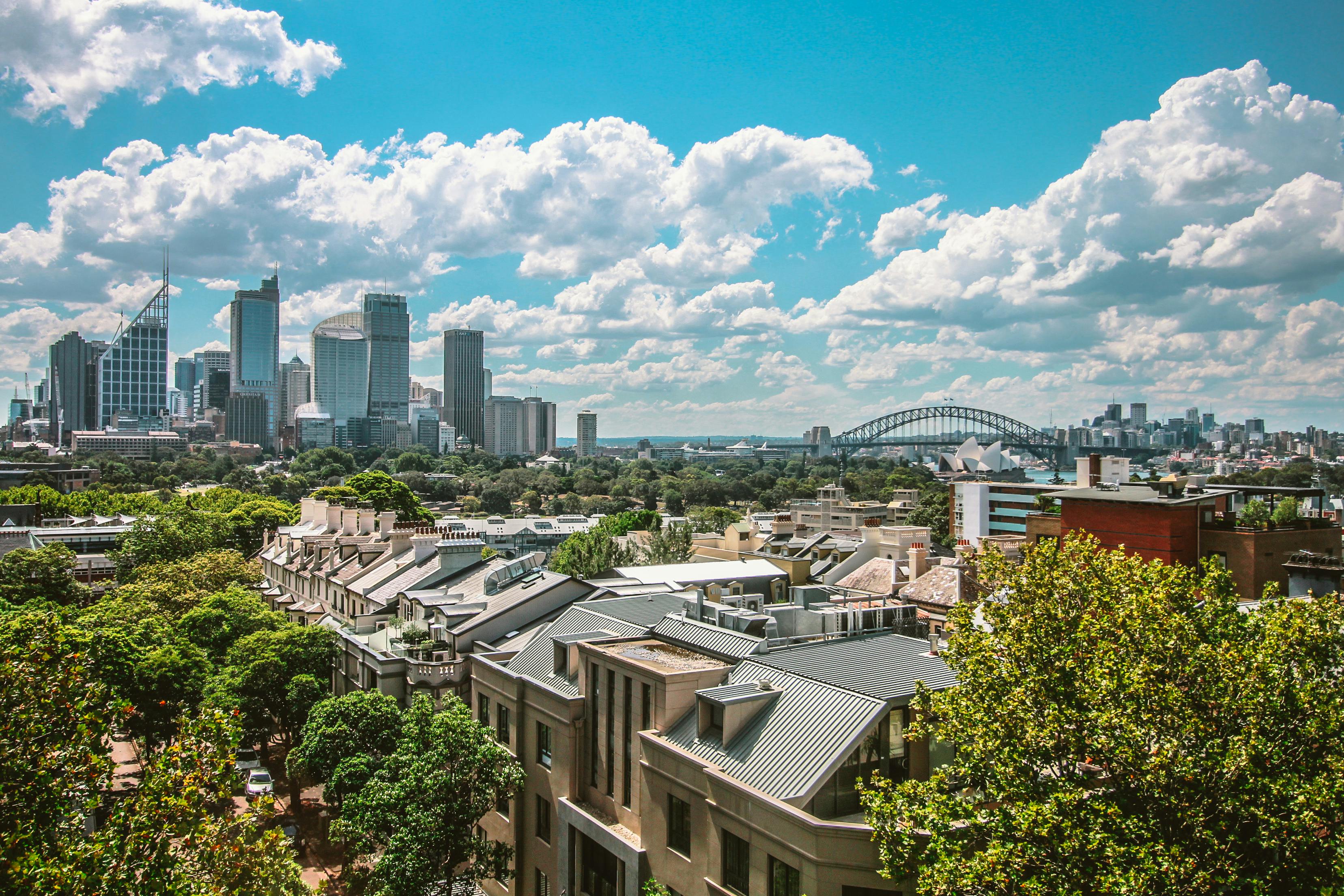
 Bea Garcia
Bea Garcia
 Denise Raward
Denise Raward
 Rachel Horan
Rachel Horan
 Aaron Bell
Aaron Bell

